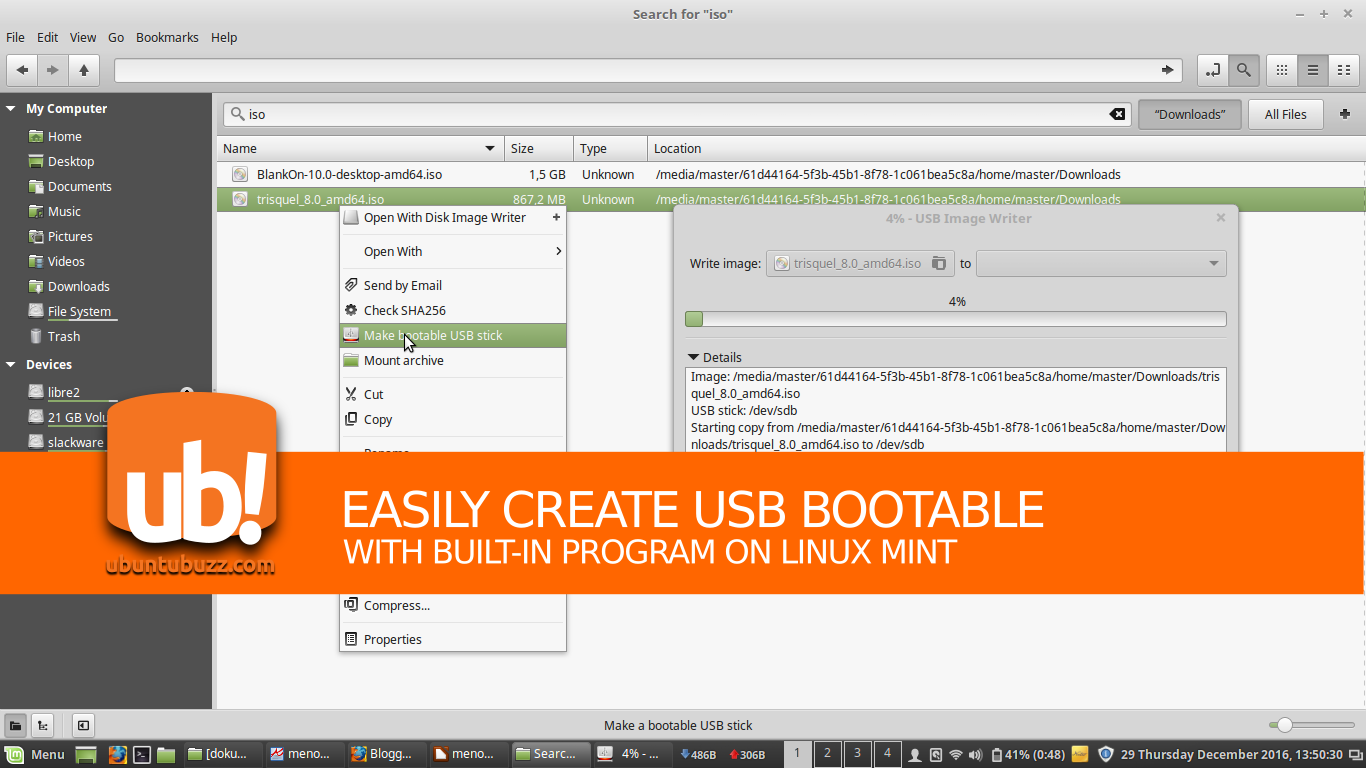

Probably you will get the drive letter ‘/dev/sdb1’ if you don’t have additional drives attached to your system.

Once logged in, insert the USB drive into your system & then we need to check the drive letter assigned to our USB drive using the following command, Login to your Linux system, it can be any Linux system as almost all the Linux distributions have the ‘dd command’ installed. Once you have all these then, we can proceed to create a Ubuntu Bootable USB.

You will need the following to create a Ubuntu Bootable USB from the command line or CLI, Recommended Read: Simple guide on how to install LAMP on Ubuntu (16.04 & above)Īlso Read: Simple guide to install SSH on Ubuntu Pre-requisites Not only can we install or test Ubuntu, but we can also use it as a personal operating system that can be used on any Laptop or Desktop without having to make any major changes to the systems. If you are trying to install a new Ubuntu version or just want to see how a new version of Ubuntu looks like, then the best way to do so is to create and use a Live USB aka Ubuntu bootable USB.


 0 kommentar(er)
0 kommentar(er)
